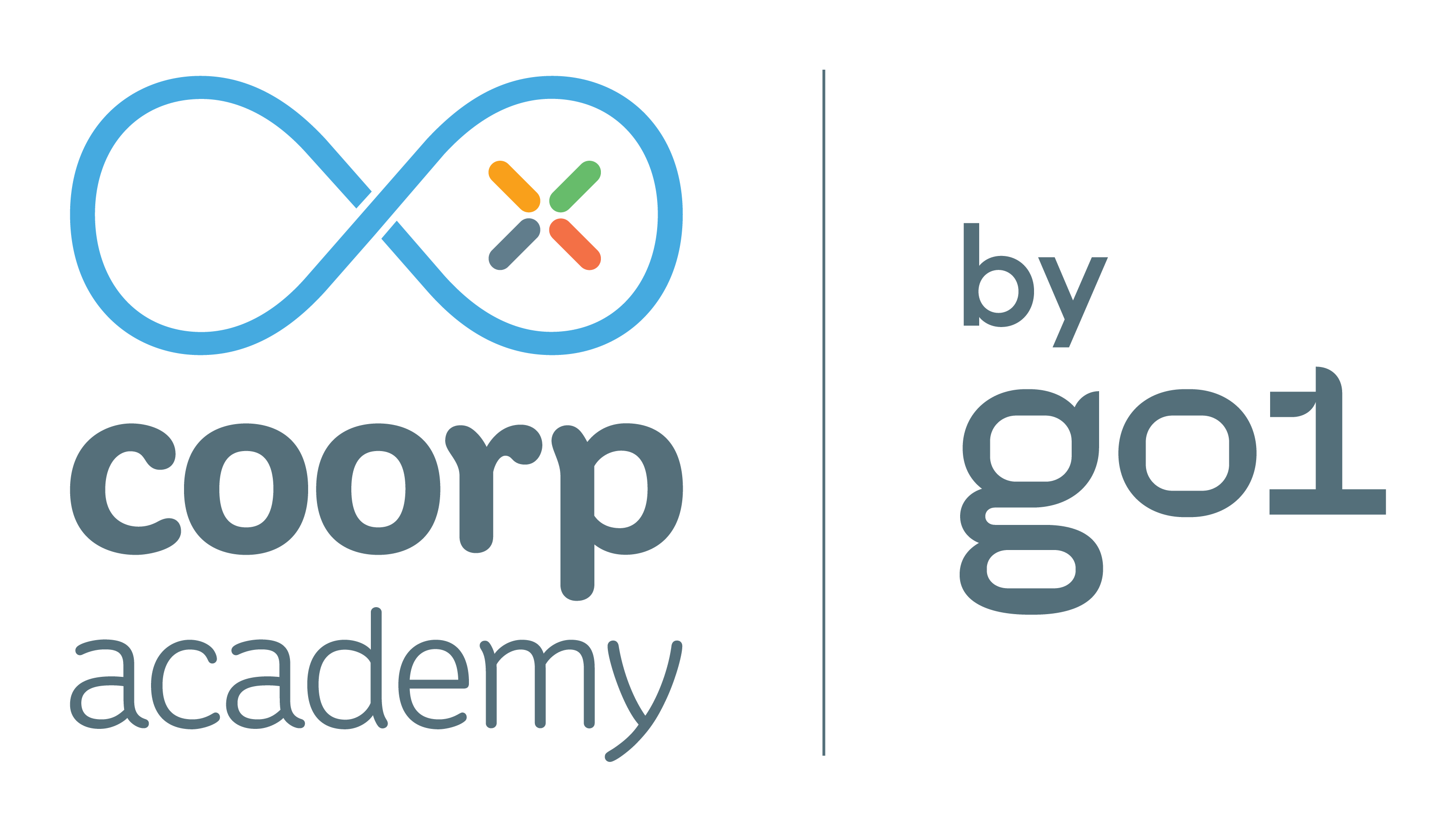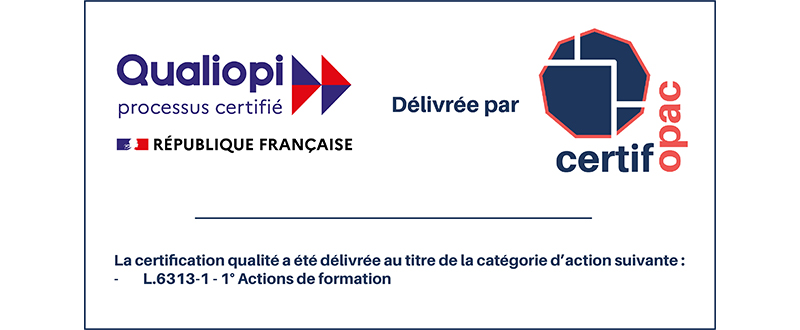Show Me How You Learn And I’ll Tell You Who You Are!
Press

We all learn in a different way! But only a few online training platforms, especially in the corporate learning space, take behavioral specificities into account… It’s high time training providers start using behavioral analytics!
According to a study from Accenture Strategy, Harnessing Revolution: Creating the Future Workforce, by acquiring soft skills (such as problem-solving, creativity or emotional intelligence) two times faster than we do now, it will reduce the part of jobs threatened by automation by a third or even by half!
What are we waiting for to accelerate the rhythm of corporate training and engage employees on developing their soft skills?
Digital learning is a powerful tool when it is flawless, seamless, individualized, omnichannel – pretty much like a successful customer experience. And like customer experience, training begins with a deep knowledge of the users/learners. A HR executive, a training manager or a learning officer must begin with understanding the way their teams learn!
Big Data doesn’t rhyme with individualization.
A training manager has to gather data but also select the data, exploit the data and analyse the data in order to improve the experience offered to employees. Doing so will also allow training managers to detect new talents, open career suggestions or even anticipate people leaving…
When learning analytics didn’t exist yet, data was not “Big” yet and online training data were only attendance rates or achievement rates. They were only performance indicators. Not a lot of improvements were coming from this type of data.
Big Data arrived after allowing companies to collect and store large amounts of data, with the big promise of revolutionizing training with ‘Learning analytics’. But what do we really learn from this type of data? To improve learners’ engagement, does the number of followed courses, the time spent on a course, the connexion frequency or the obtained results really help? They’re obviously important indicators but are not enough to improve engagement or detect talents.
To develop a behavioral analytics culture.
We all learn in a different way. It’s a complex, evolutive process and depends on several factors linked to us or to our environment, such as our emotional state, context, topic or even to the time of day. A learning experience will then be successful only if we take into account these new indicators which mirror all these different learning behaviors. Like curiosity for example. Curiosity is linked to evolved capacities, including when it comes to learning. Curiosity is a skill that comes from our evolution: individuals with curiosity had a competitive edge on their counterparts lacking curiosity. Research show that learners will show more curiosity about a topic when they already have some knowledge of it but lack insurance. We need to take that into account in our choices of corporate training content.
Perseverance is another example. People retaining interest and effort over a long period of time succeed more than individuals showing less perseverance. It is wise to consider the engagement, but not only – it’s also important to take a look at the activity that motivates the learner to complete a training.
Regularity is another behavioral indicator which gives information on how a learner manages his/her time and training course.
By using behavioral analytics, the sets of data available to HR and managers will be way richer and more complete. But only a few training platforms provide these types of analytics. However, exploiting them in HR and at the operational level (algorithms and machine learning) brings more and more beneficial insights for the company, as well as for the user.
Companies now can access all kinds of new insights: not only what a person actually learnt, but also how the learner ended up learning this, what learning approach he/she chose, and therefore companies can suggest the most precise recommendations, accurate in regard of what the learner really needs. In order for the employee to be autonomous in the way he/she trains, in order for him/her to control and secure his/her employability: it’s necessary for the company to understand the way the learner learns!
This article is the English adaptation of an article from Frédérick Bénichou, co-founder of Coorpacademy, published in the French press (Journal du Net). You can read it in its original version here!


